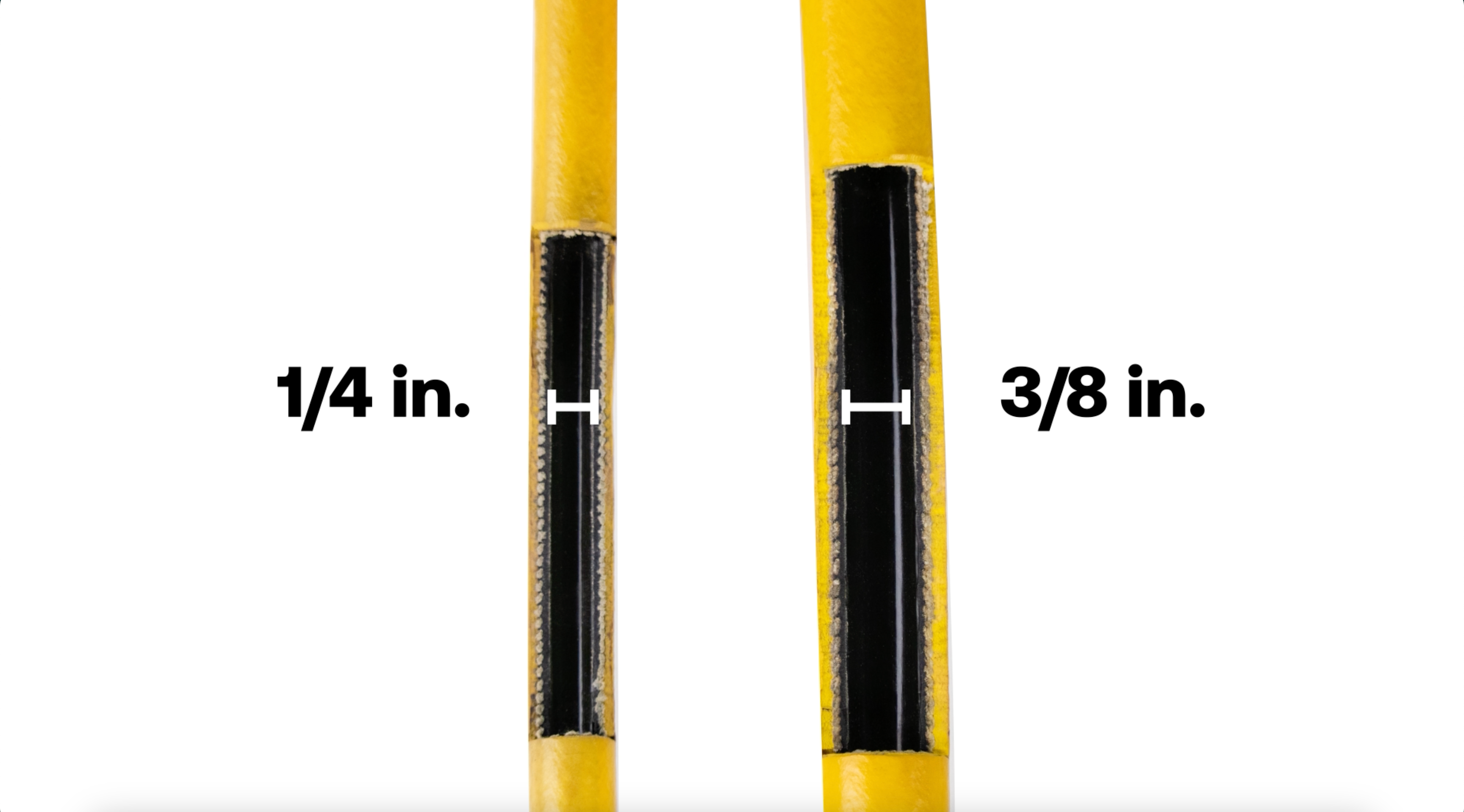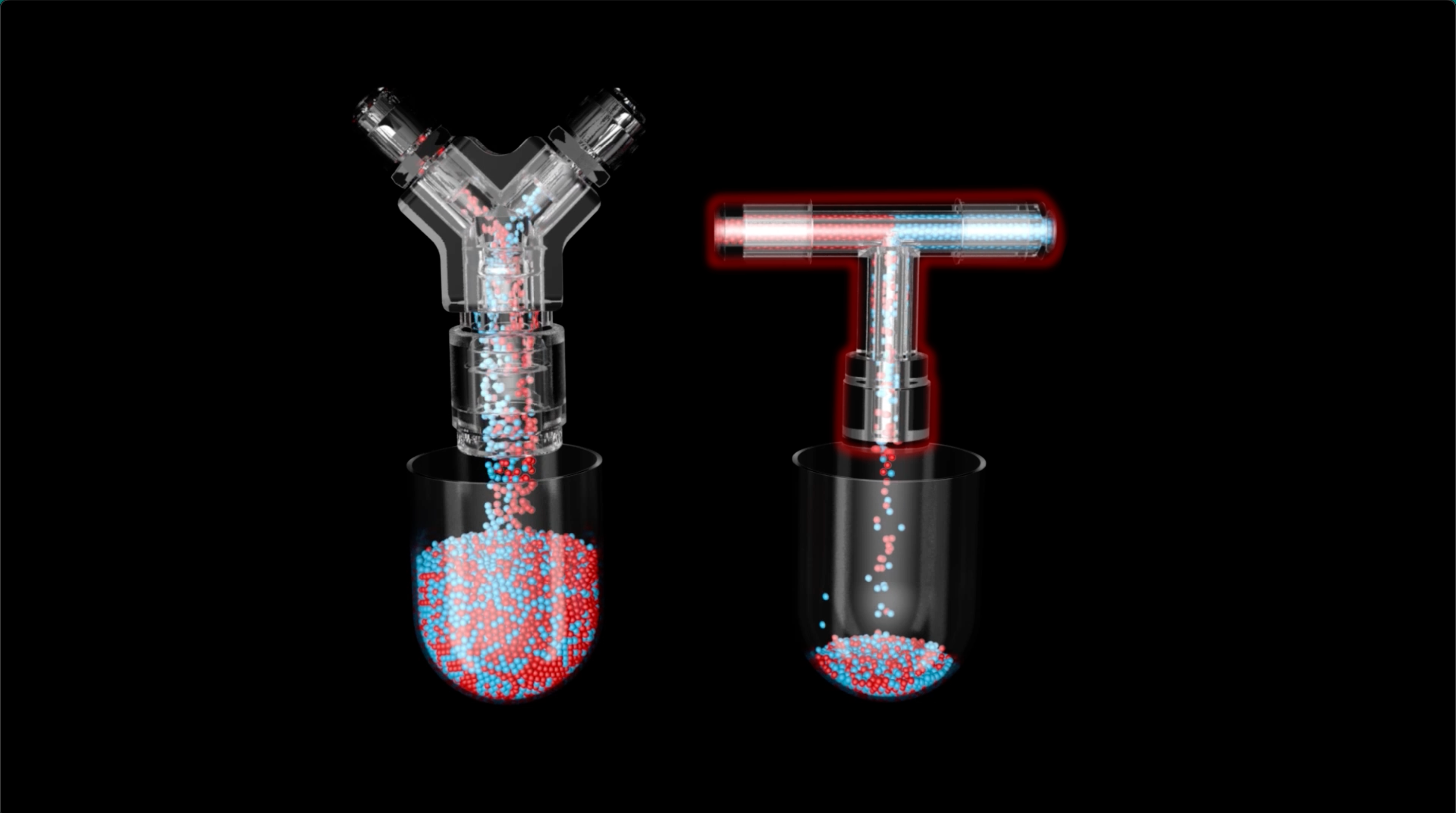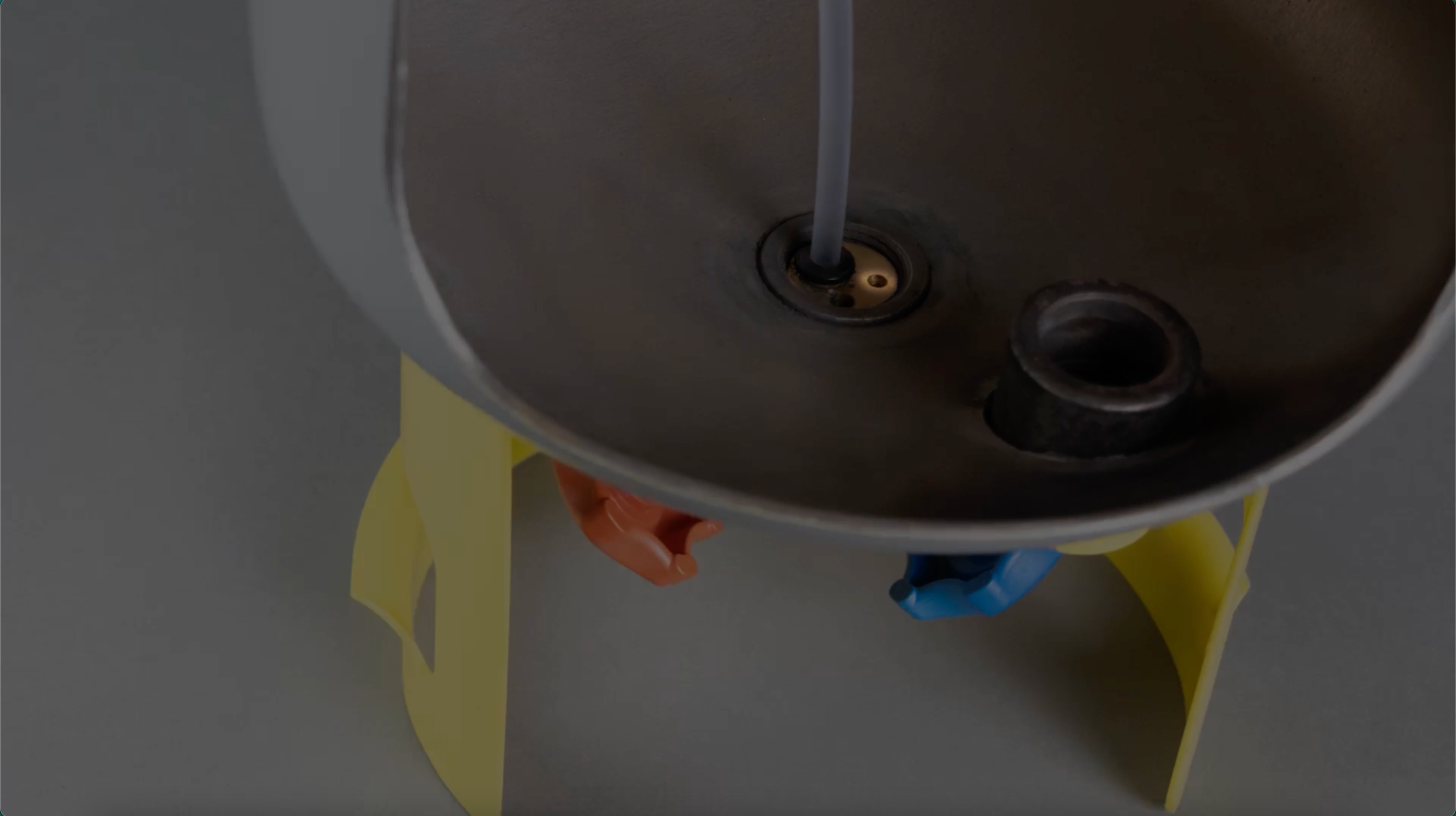Fast Recovery Series: Advanced Practices
Sep 27th 2024
Fast Recovery Series: Advanced Practices
Introduction
With a proper understanding of full-flow basic principles, we can now review advanced full-flow practices and how reducing restrictions in the recovery setup will greatly reduce recovery times.
Remove All Restrictions
The easiest and most effective ways to increase recovery speed are to remove all controllable restrictions, such as Schrader valve cores in the system access ports, core depressors from the hoses, small-diameter hoses, and traditional diagnostic manifolds. Schrader valves are primarily designed for temporary connections when performing system diagnostics and as a safety mechanism to contain refrigerant within a system. However, these valves are a significant flow restriction when left in place during refrigerant recovery. This limitation is due to their narrow passageway, which isn't intended for high-volume transfer.
Furthermore, Schrader valves inadvertently function as a metering device during refrigerant recovery. This unintended action forces the refrigerant to change phase, increasing the discharge temperature and pressure. These increased discharge temperatures and pressures are particularly detrimental as they can lead to premature overheating of the recovery cylinder, posing risks of inefficiency and a delayed recovery process. With the Schrader valves removed, core depressors and the hoses become unnecessary. These depressors, originally intended to open the Schrader valve, serve no purpose when the valves are absent. More importantly, they introduce additional restriction points in the refrigerant flow path. Restrictions from core depressors left in hoses can occur on both the recovery setup's input and output sides, impeding the refrigerant's smooth flow and potentially damaging the recovery machine. If hammering were to occur. By eliminating shrader valves and core depressors, the refrigerant can flow more freely, enhancing the speed of the recovery process and maintaining the refrigerant initial state when exiting the system.

Flow with and without the Schrader core removed

Hose with and without a depressor
Use Large Diameter Hoses
The refrigerant hoses and manifolds are commonly overlooked when trying to achieve unrestricted flow during refrigerant recovery. Replacing these normally restrictive components with tools explicitly made for recovery can reduce recovery times. The traditional ¼ in. refrigerant hose often has a smaller internal diameter of 3/16 in. to slow down the liquid refrigerant flow and mitigate refrigerant losses during system diagnostics. By using 3/8 in. diameter hoses for the input and output of the recovery machine, you're allowing for optimal flow while still abiding by EPA de Minimus guidelines. 3/8 in. hoses give more internal room for the refrigerant molecules to flow, reducing molecular collisions and friction. By reducing friction, you reduce heat buildup, making it easier for the refrigerant to pump into the cylinder.

The internal diameter of ¼ in. hose vs. a ⅜ in. hose

3/8 in. Diameter 4 ft Recovery Hose
Ditch the Manifold
With 3/8 in. hoses deployed, the next restrictive component to replace is the manifold. Manifolds were traditionally used to connect multiple hoses to a system for system diagnostic purposes. Although commonly used during recovery, manifolds have many leak points and inherently unreliable performance and are prone to turbulent and extremely restrictive flow. A single-machine fitting is the most reliable option When increasing the number of hoses connected to the system for refrigerant recovery. However, not all fittings are created equal. Like manifolds, T-fittings fall victim to turbulent flow by creating flow paths directly opposing each other. With a Y-fitting, the flow paths can merge together seamlessly, forming smooth laminar flow, which reduces friction and maintains the refrigerant initial velocity as it travels to the recovery machine. Together, 3/8 in hoses and a y-fitting offer the most unrestrictive refrigerant recovery-specific setup.

Y-Fitting (Speed-Y) vs. T-Fitting (Manifold)
Use the Vapor Port
When setting up for a full-flow recovery, the main goal is to recover liquid refrigerant rather than vapor, as stated previously. To do this effectively, we've established the importance of removing restrictions from the system to the recovery cylinder. However, the recovery cylinder itself can become a restriction of its own if it is used improperly. For several reasons, using the vapor port of a recovery cylinder with the valve fully open is crucial during direct refrigerant recovery. Primarily, the vapor port is the least restricted port, allowing refrigerant to flow freely into the full volume of the cylinder. This less restrictive flow contrasts greatly with the liquid port, leading to a narrow dip tube that significantly restricts flow. This restriction can lead to liquid hammering, a phenomenon where rapid changes in liquid flow cause pressure surges often heard as a knocking from the recovery machine. Such surges risk damaging the recovery machine and impede the flow of refrigerant significantly, therefore, utilizing the vapor port with the valve fully open ensures a smoother, safer, and more efficient recovery process.

Vapor port (highlighted) and liquid dip tube inside a recovery cylinder
Conclusion
With this new understanding of advanced full-flow techniques, we can apply this knowledge in practical applications and understand when and how to utilize the skills learned in this series. Read more about the application here.
Watch our Fast Recovery Series on YouTube:

